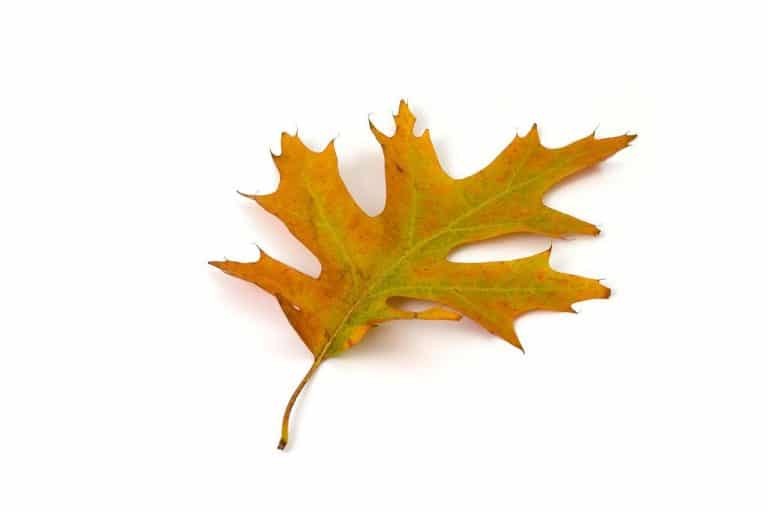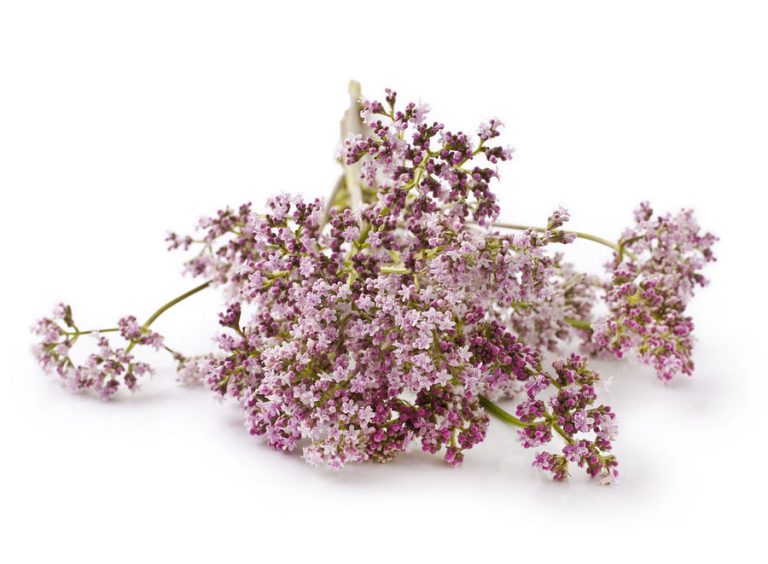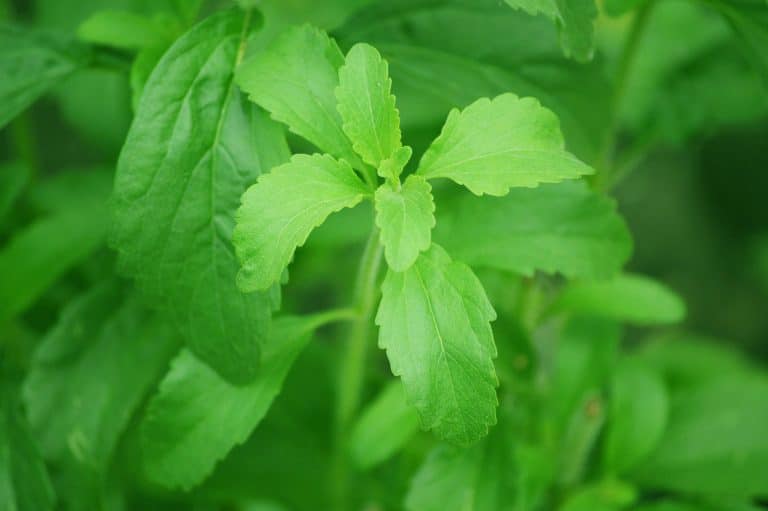Green Tea
Scientific Classification
| Kingdom: | Plantae |
| Order: | Ericales |
| Family: | Theaceae |
| Genus: | Camellia |
| Species: | C. Sinensis |
Green tea or Camellia sinensis is also known as Tisane or herbal tea. It is a beverage made from a decoction or an infusion of herbs. It does not contain caffeine. Green tea is prepared from the curved leaves of the plant of the green tea. Caffeine has been removed from these leaves. Herbal green tea is very popular for its antioxidant properties, fragrance, and taste. Its common names are tea tree, tea shrub, and tea plant. Tea tree is a source of tea tree oil. Green tea is made from steamed and dried leaves and is widely consumed all over the world. Oil is also obtained from the seeds of the green tea plant and it is used for cosmetic and medicinal purposes. Its flowers are hermaphrodites and they are pollinated by bees. Green tea contains many amino acids, carbohydrates, enzymes, lipids, sterols, and dietary minerals. This herb is consumed in large quantities. Because it has good flavor and fragrance and it is also beneficial for health.
History
The history of green tea goes back more than 3000 years. The leaves of tea originated in the Southwest of China. It is added to boiling water as a flavor. The Chinese have been using it for over 5000 years. They say that the Chinese emperor Shennong, accidentally drank the water in his bath, which had boiled leaves of tea in it and liked the flavor. In the 16th century, European traders were first to introduce tea during their trips to East Asia. In 1767, Great Britain imposed tax on tea because it had become popular in America. Tea is the national beverage of Great Britain..
Anatomy
Camellia sinensis or green tea is a small tree or evergreen shrub. Its leaves and leaf buds are used in the making of tea. These leaves are 4 to 15cm long and 2 to 5 cm broad and light green in color. Green tea plant has a long tap root. Its flowers are yellow, white in color. This flower has 7 to 8 petals. The flowers are 2.5 to 4 cm in diameter. On the underside, the leaves of green tea plant have short white hairs. Its older leaves are deeper green. Differently aged tea leaves produce different qualities of tea because their Chemical compositions are different.
Habitat
The Green tea plant is native to South, East, South East Asia and China. Today, it is cultivated in tropical and sub-tropical regions of the world. Most cultures in India and Far East it is important plant. It is cultivated in the high areas of China and Asia. If the green tea plant receives humidity and heat at high altitude they produce leaves with many favors.
Soil
The Green tea plant prefers rich, moist, well drained and acidic soil. Light sandy and medium loamy soil is also ideal for them. Very acidic and neutral soil is also suitable for the green tea plant. It can also grow in light woodland. They require well fertile and rich organic soil. It is ideal for good growth of the plant.
Temperature and Humidity
The Green tea plants require lots of rain and humidity. An average rainfall of 1.5 meters is ideal for them. It prefers a moist location of full sunlight to partial shade. It is cultivated in hot and humid climates. The Green tea plant grows in USDA climate zone of 7-9. This plant can tolerate an average annual temperature of 14 to 27 C. It can also survive in temperature down to between -5 to 10 C.
Planting
Depending on the variety, green tea is grown in many ways. The planting of the green tea plant is done by seeds, which are sown in the spring season. It is a slow growing plant. When planting from seeds, it can take up to three years to mature. Green tea plants are grown in rows.
Water
Watering is very essential for the plant. Frequent watering is necessary during dry to moisten the soil. To settle air pockets, they require deep watering. Watering at the base of the plant reduces the fungal infection. It also keeps the leaves dry.
Care
These plants require good care and maintenance. They need protection from the wind and insects. Pruning should be done after flowering in the spring season. Mulching is good for the growth of the plant. Applying regular fertilizers can benefit the green tea plant. They require balanced fertilizers every alternate month in the growing season.
Harvest
The plant is harvested when it matures. Its leaves are very soft so they are harvested by hand. It is harvested three times in a year. Sometimes there will also be 4th harvest.
Pests and disease
The leaves of the green tea plant are eaten by many herbivores like Caterpillar and a Geometer Moth. Its fragrant flowers are very attractive to moths and insects. The Green tea plant has also a pest problem from aphids, scale insects and mites. These pests damage its leaves and they are also harmful to the tree. They hamper the growth of the tree.
Uses
The leaves, seeds and flowers of green tea plant are all very useful. They have many uses in both medicinal fields as also in daily life. The green tea made from its leaves fortify the body against many diseases like cancer, heart disease and stroke. It is used to regulate blood pressure and blood sugar. It is used in the treatment of viral cold, flu and Ulcers. It boosts the immune system and also controls the inflammation. It also prevents bad breath, gum disease and cavities. It contains antioxidant compounds which neutralize free radicals and also help in reducing the severity of Osteoarthritis. Green tea contains rich amounts of minerals, zinc, water soluble vitamins, manganese, vitamin C, folic acid, niacin and potassium. Its antioxidant capacity is better than various vegetables and fruits. Green tea is also used in the treatment of high cholesterol, hypertension, high triglycerides and digestive tract infections. By lowering cholesterol levels, it protects against cardiovascular disease. It also reduces blood cells clotting. It is used to treat migraine headache, prevent tooth decay and for weight loss Its ECGC antioxidants are very helpful in the treatment of cancer.

Having discovered a fondness for insects while pursuing her degree in Biology, Randi Jones was quite bugged to know that people usually dismissed these little creatures as “creepy-crawlies”.







